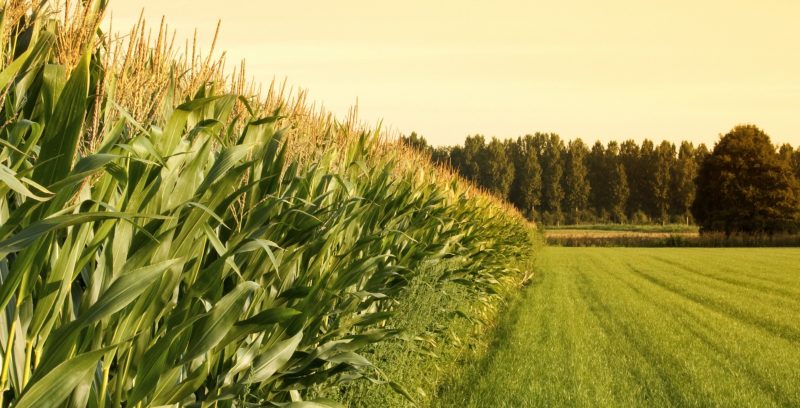ICYMI: Crop Insurance Critical for Farmers and Consumers

The Farm Bill debate is heating up in Washington and that has me thinking back to 2015. We received way too much rainfall in central Missouri that spring and my family’s farm in Boone County, like many across the state, suffered big losses. We were only able to plant 40 out of our normal 500 […]
ICYMI: Crop insurance critical to farmers

By: Jim Obermiller Published in the Omaha World-Herald May 1, 2017 Here in central Nebraska, raising corn is a way of life. I got started when I was 21 with 160 acres I bought from my grandmother. Today, my wife, Linda, and I farm 3,000 acres of corn. I’m 66 now, and I’ve seen a […]
ICYMI: Kansas Blizzard Highlights Importance of Crop Insurance

By: David Schemm Published in The Wichita Eagle May 11, 2017 The foot of snow that fell recently left wheat stalks bent and broken across western Kansas. The damage is heartbreaking. Estimates show as many as 1.7 million acres could be affected. As I survey the damage, I think back to what it must have […]

